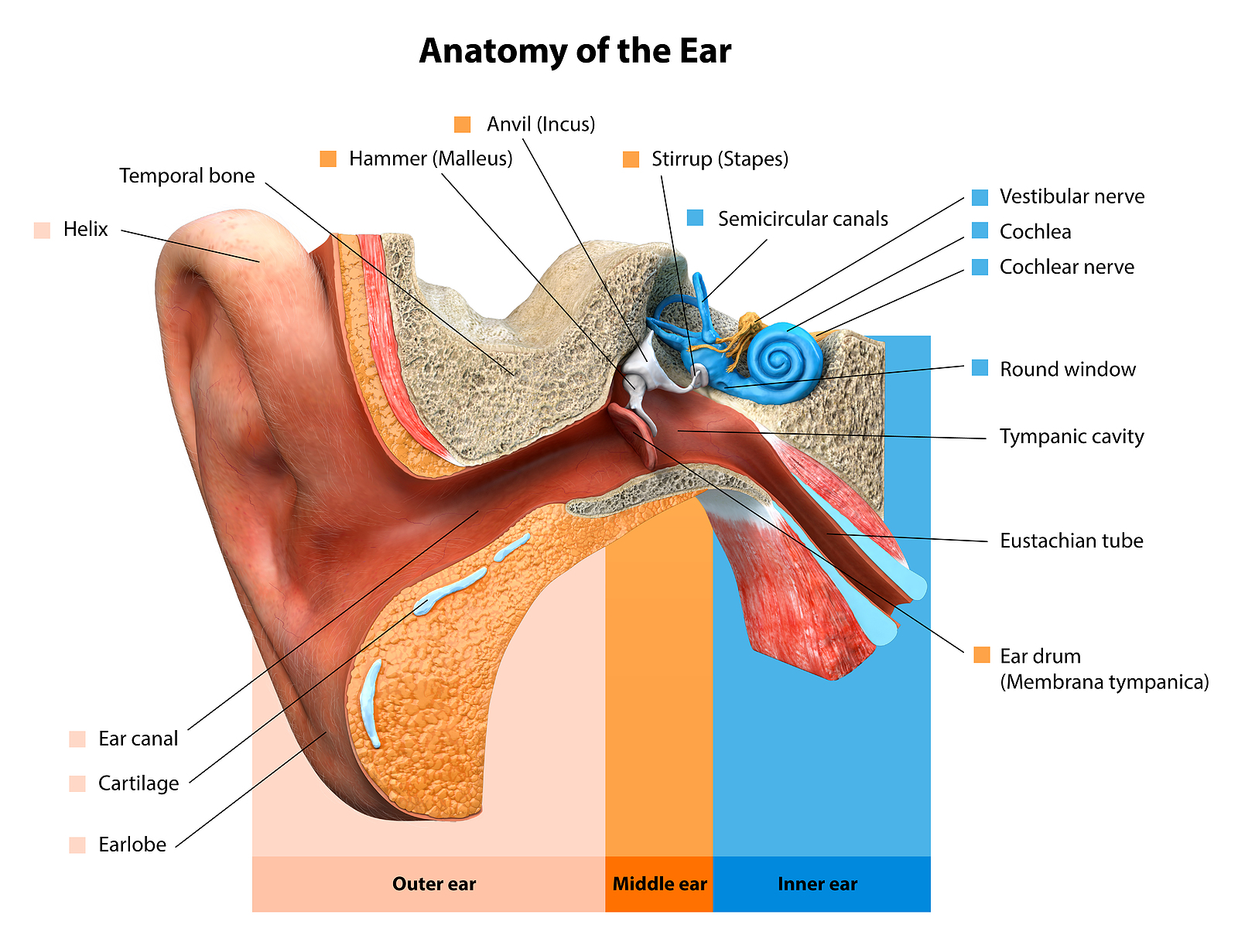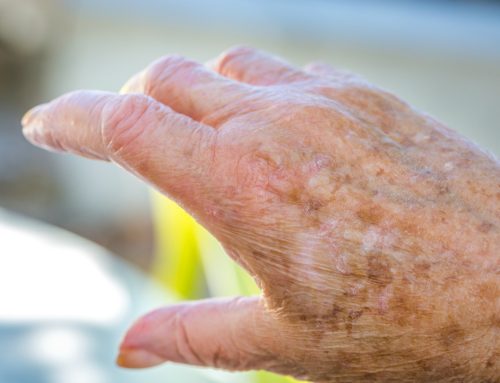Your mother or father may have grown up singing “Dem Bones,” a song that talks about the interconnectedness of the skeleton. The song features true facts like, “Well, your head bone connected from your neck bone.”
When it comes to the bones in the ear, they’re connected to everything else. That’s why inner ear disorders are so problematic and often pose as something worse than what they are.
According to elderly care specialists, a problem in the inner ear can cause headaches, dizziness, loss of vision, vomiting, poor spatial perception, and imbalance. And all of the above can cause falls which are extremely dangerous to people over 65. The tiny matrix of bones inside our ears is so delicate and yet so important to well being that doctors refer to it as an entire “system,” namely the vestibular system.
A daunting number of pathologies
There is a surprising (and rather horrific) number of different things that can go wrong with the inner ear including these conditions which can all lead to hearing loss:
- Meniere’s disease. Most typically, Meniere’s results in tinnitus, which is ringing in the ears.
- Labyrinthitis. This condition erupts when some ear nerves suffer inflammation. Balance problems follow, and hearing can be lost very suddenly.
- Superior semicircular canal dehiscence (SSCD). This condition occurs rarely and it is caused, in seniors, by the loss of a specific ear bone. Patients with SSCD report feeling a pressure in their ears, vertigo, and sometimes they even hear their own eyes blinking.
Benign paroxysmal positional vertigo
But by far the most common inner ear disorder is benign paroxysmal positional vertigo (BPPV). Sometimes doctors will refer to BPPV as simply “vertigo” or “positional vertigo.” This occurs when calcium flecks in the vestibular system come loose from the bones and float around.
That might not sound serious. And in some cases, it goes away on its own with no treatment. But in worse cases, BPPV causes migraines, dizziness, vertigo, loss of balance, falls, and even nausea and vomiting.
BPPV can be caused by being punched or falling and hitting one’s head or lying in one position for too long, for example in a dentist’s chair. But, in many cases, BPPV just appears for no reason in seniors, according to experts in elderly care.
Do NOT try to diagnose an inner ear disorder at home. Diagnosis of inner ear problems involves a number of tests that need to be conducted by a specialist.
Treatment
In very mild cases, BPPV may be allowed to heal naturally without medical intervention. Doctors also sometimes perform a non-invasive treatment that involves moving the patient’s head in such a way as to relocate the calcium crystals to another part of the head where they do no harm and may actually be absorbed. If one or two sessions of that don’t work, a doctor may want to perform surgery to correct the problem.
To conclude, inner ear disorders are various and there is a broad range of symptoms. The migraines, nausea, and vomiting associated with some vestibular disorders can masquerade as a tumor, infection, or some other condition. It’s important for caregivers to be aware of the signs and symptoms of inner ear problems and seek diagnosis if they appear. Home care can help you monitor symptoms in your loved ones. If you have not hired home care for an aging mother or father, this might be a good time to consider it.
If you or an aging loved-one are considering Home Care in Hackensack NJ, please contact the caring staff at At Home Companions today at (201) 525-0607.
Sources






